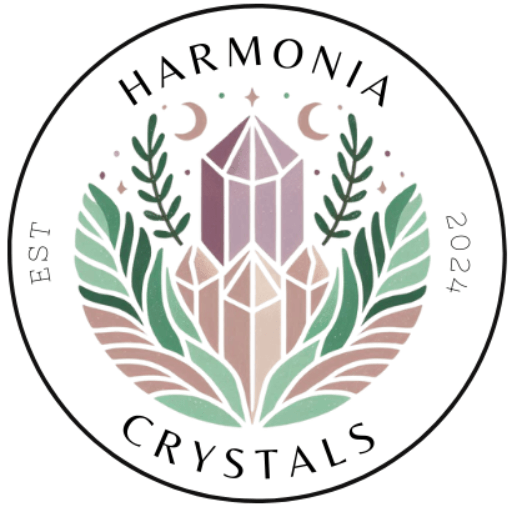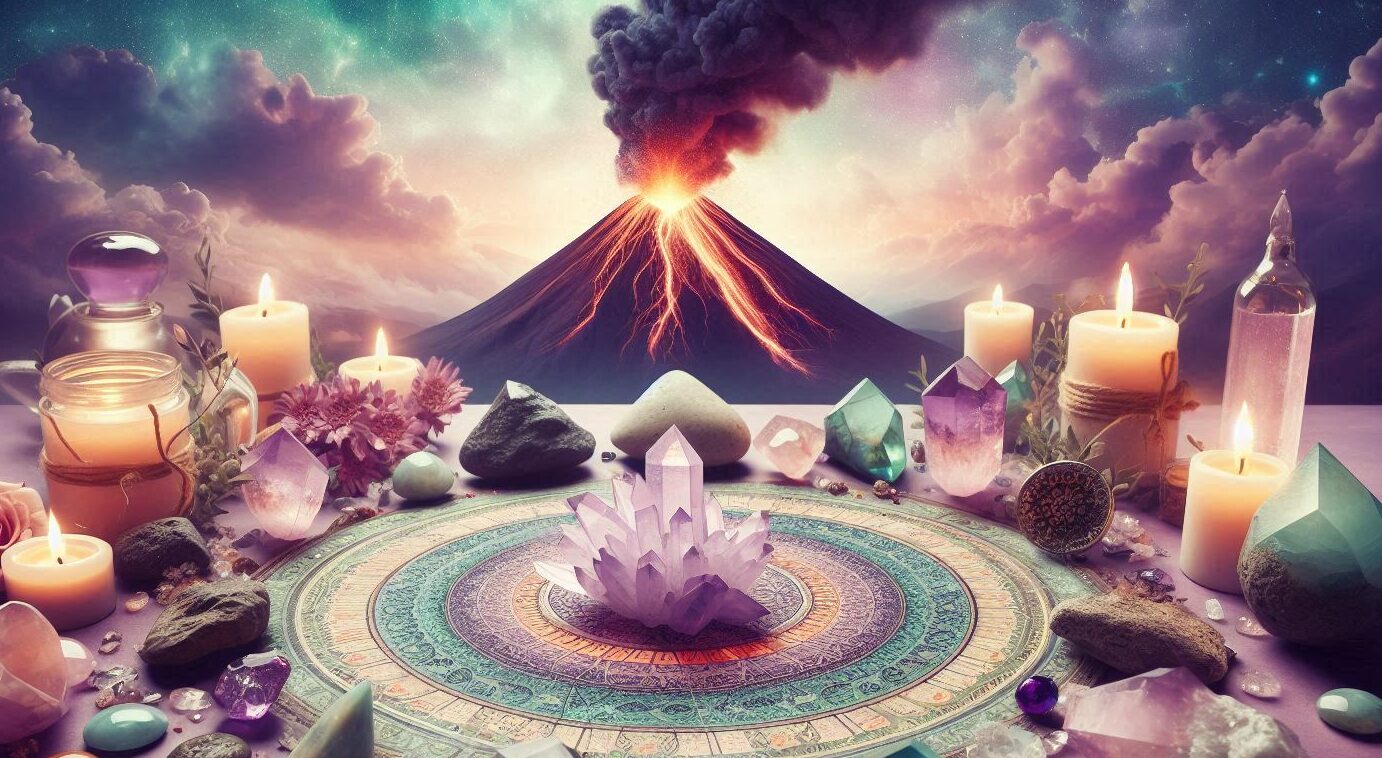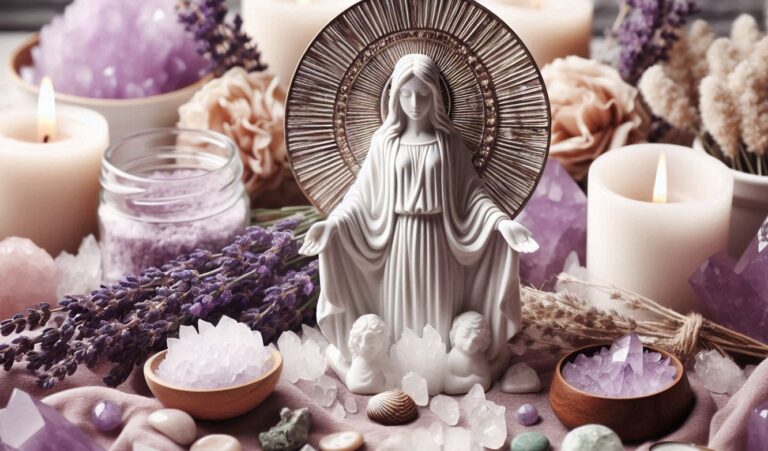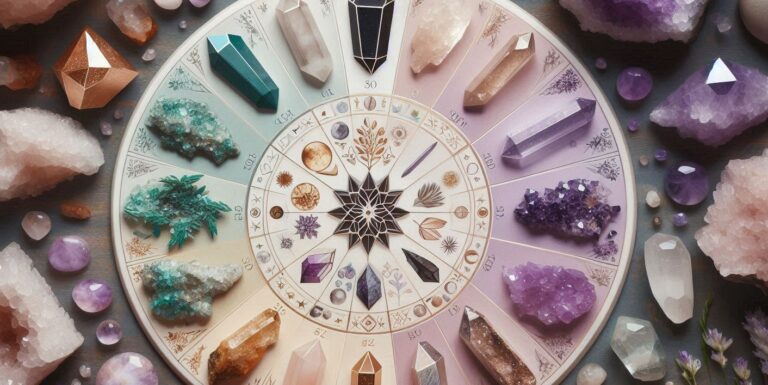Are Crystals Formed By Volcanoes?
Yes, crystals can indeed be formed by volcanoes! Volcanic activity plays a significant role in the creation of various types of crystals. When a volcano erupts, it releases molten rock called magma from beneath the Earth’s crust. As this magma cools, either underground or after it flows out as lava onto the Earth’s surface, minerals within it start to crystallize. This process results in the formation of different types of crystals, which can vary in size, structure, and composition depending on several factors, including the rate of cooling and the chemical composition of the magma.
How Volcanoes Create Crystals
1. Magma and Lava
Magma is the hot, molten rock found beneath the Earth’s surface. When a volcano erupts, magma can either stay beneath the surface, slowly cooling over time, or be expelled as lava, which cools more rapidly when exposed to the air or water.
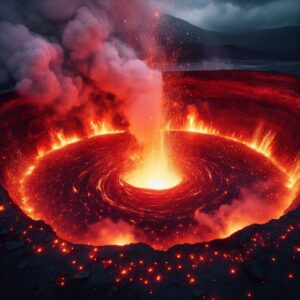
The cooling process of magma or lava is critical in crystal formation. As the molten material cools, the atoms and molecules begin to slow down and arrange themselves into organized, repeating patterns, forming crystals. The speed at which the cooling occurs greatly influences the size and clarity of the crystals. Slow cooling allows for the growth of larger, well-defined crystals, whereas rapid cooling results in smaller, sometimes microscopic crystals.
2. Formation of Igneous Crystals
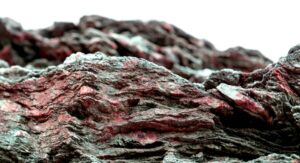
Intrusive Igneous Rocks: When magma cools slowly beneath the Earth’s surface, it forms what are known as intrusive igneous rocks. The slow cooling process allows large, well-defined crystals to form within these rocks. Examples include granite, which contains visible crystals of quartz, feldspar, and mica. These crystals are typically larger because they have had ample time to grow within the slowly cooling magma.
Extrusive Igneous Rocks: In contrast, when lava erupts from a volcano and cools quickly on the Earth’s surface, it forms extrusive igneous rocks. The rapid cooling process doesn’t provide enough time for large crystals to form, resulting in rocks with small or even microscopic crystals. Basalt is a common example of an extrusive igneous rock that often contains tiny crystals that can only be seen under a microscope.
3. Types of Crystals Formed by Volcanoes:
Volcanoes are capable of producing a variety of crystals, each with its unique properties and uses:
- Quartz: One of the most abundant and commonly found crystals in volcanic environments. Quartz is highly durable and can form in various igneous rocks, both intrusive and extrusive. Its clarity and abundance make it a popular choice for various industrial and decorative uses.
- Olivine: A green crystal that forms at high temperatures and is often found in basalt and peridotite, both of which are associated with volcanic activity. Olivine is sometimes used in jewelry when it is of gem quality, known as peridot.
- Feldspar: This group of minerals is prevalent in igneous rocks, including those formed by volcanic activity. Feldspar crystals can vary in color, including pink, white, or gray, and are a major component of granite and basalt. They are important in the manufacture of ceramics and glass.
Unique Crystals from Volcanic Activity
Volcanoes can also produce some unique and rare crystals.

Obsidian: A naturally occurring volcanic glass formed when lava cools so rapidly that crystals do not have time to form. Obsidian is known for its smooth, glassy texture and sharp edges, which made it a valuable tool for early humans and a popular material for decorative items today.
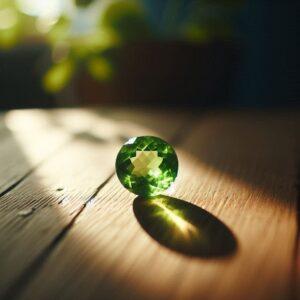
Peridot: A gem-quality form of olivine, peridot crystals can form in volcanic rocks and are prized for their rich green color. Peridot is often found in lava flows in places like Hawaii and Arizona and is one of the few gemstones that occur in only one color.
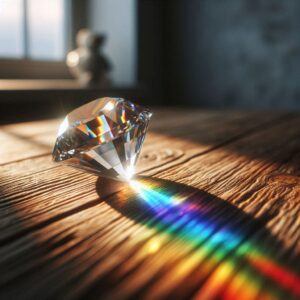
Diamond: Although less common, diamonds can be formed deep within the Earth’s mantle under extreme heat and pressure and brought to the surface by volcanic eruptions through structures called kimberlite pipes. These eruptions are rare but can bring diamonds close enough to the surface for mining.
Why Are Volcanic Crystals Important?
Crystals formed by volcanic activity are not only captivating in their beauty but also hold scientific value. By studying these crystals, geologists and scientists can gain insights into the Earth’s interior, such as the temperature, pressure, and chemical composition of the mantle. This information is crucial for understanding the geological processes that shape our planet, such as plate tectonics, volcanic activity, and the formation of Earth’s crust.
Key Takeaways
-
- Crystals from Magma and Lava: Crystals form when magma cools slowly beneath the Earth’s surface, allowing large crystals to grow, or when lava cools quickly after a volcanic eruption, resulting in smaller crystals.
- Types of Crystals: Common volcanic crystals include quartz, olivine, feldspar, and unique formations like obsidian and peridot.
- Scientific Importance: Volcanic crystals help scientists understand the Earth’s interior and the processes that occur during volcanic activity.
